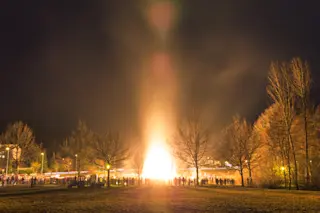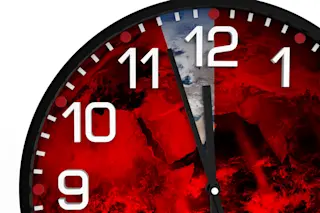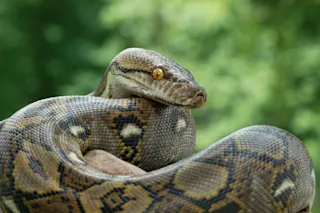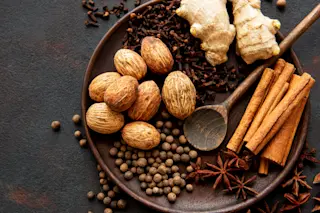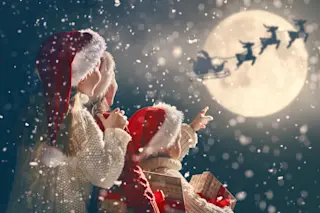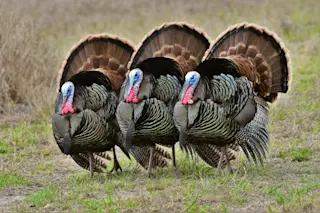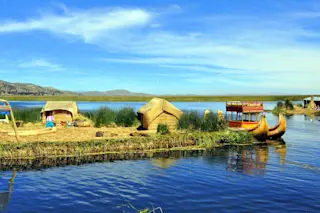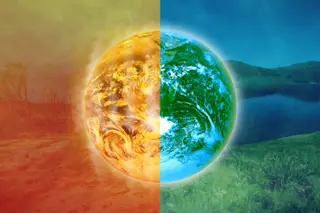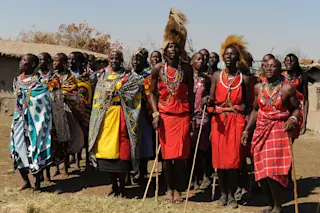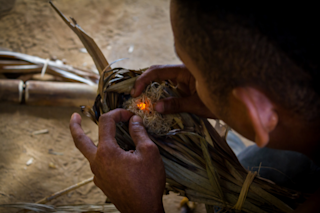The winter solstice marks the return of the light, or if you’re a Doctor Who fan, being halfway out of the dark. Dec. 21 or 22 marks the longest night of the year in the Northern Hemisphere (June 20 or 21 in the Southern Hemisphere) and is celebrated in various ways across various cultures. The solstice has even inspired traditions for holidays such as Christmas and Hanukkah. Here are four ways the solstice is celebrated around the world.
Celebrated in Scandinavian countries — mainly Sweden, Norway and parts of Finland — St. Lucia’s Day is a festival of lights. Those who celebrate the day previously believed it was the shortest day of the year and the day St. Lucia was killed.
The Romans allegedly killed Lucia after they caught her feeding persecuted Christians in Rome. Though Lucia is considered a Christian martyr, there are also Norse traditions brought into the ...



